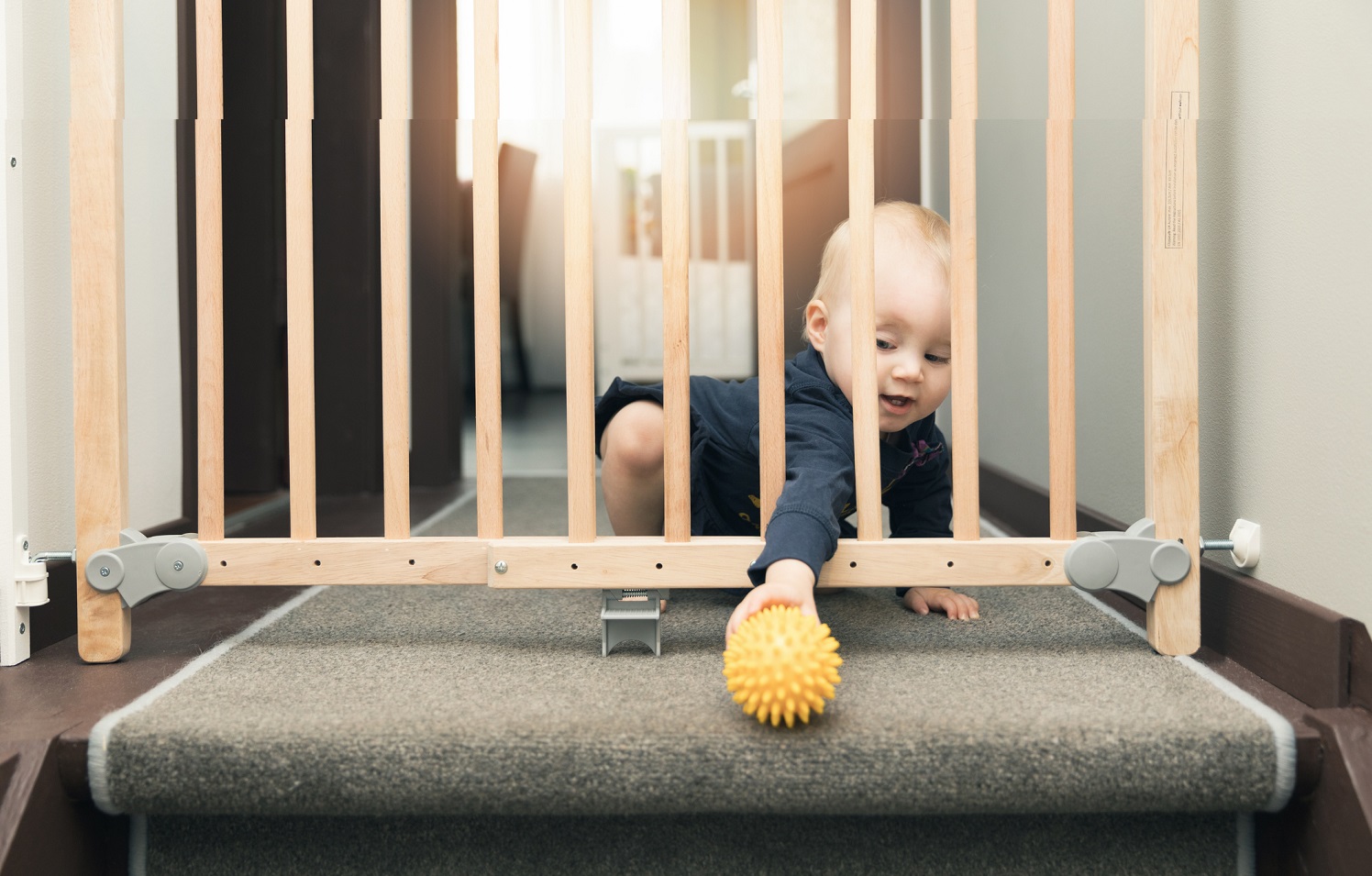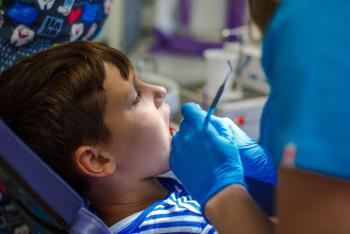This article provides a guide for caregivers on how to keep their children healthy during the school...
Read More
The expression “If it ain’t broke, don’t fix it” might apply to certain things in life, but when it comes to baby safety, it is time to commit to modern trends. To help dispel myths and outdated facts, here’s what you need to know about how baby safety has evolved.
Only a few decades ago, infants and children would sit on their parents’ laps or in the backseat of the car with a seatbelt. In the 1980s, laws were passed in every state across the country requiring car seats.
Now, the guidance for car seat safety has evolved even further. According to the American Academy of Pediatrics (AAP), children should stay in rear-facing car seats longer. “Their heads are much heavier in relation to the rest of their bodies until they are 3 or 4 years old,” said Barry Berman M.D., of Inspira Medical Group Pediatrics. “Their spines are not as strong and are better supported facing backward.”
Around three or four years old, children should transition to a forward-facing seat with a harness and tether. Typically, around ages 6-7, they will outgrow the forward-facing seat with a harness, and it will be time to switch to a booster seat. Your child may be ready to transition to sitting in the backseat between 8-12 years of age, depending on their height and weight. They are ready to sit in the backseat without a booster when the lap belt lies across the upper thighs and the shoulder belt fits snugly across the shoulder and chest.
For adults, pillows and blankets help us stay comfortable during sleep. But to keep babies safe during naptime and throughout the night, simplicity is key.
Cribs should only include a tightly fitted sheet and mattress protector, free of toys, loose blankets or pillows. Modern guidelines suggest wearable sleep sacks as a safer alternative to blankets. Parents should also avoid putting their infant down for naps in bouncy chairs and swings.
Parents should put their baby to sleep on their back, as studies have shown that it may reduce the risk of Sudden Infant Death Syndrome (SIDS). It also reduces the chance that a baby re-breathes their own breath, which can lead to a buildup of carbon dioxide, decrease oxygen levels and cause obstructions in the airway.
Traditional baby walkers are strongly discouraged by the AAP. From falling down stairs to gaining access to dangerous household items, thousands of babies are injured every year from using walkers.
“In addition to the physical dangers of walkers, they can discourage babies from learning to walk on their own,” said Dr. Berman. “Instead, engage in tummy time to help them begin strengthening their muscles.”
Breast milk and formula are the best sources of nutrition for babies until 12 months of age. Studies show that alternatives like rice milk can increase the risk of obesity in children later in life.
Baby powder feels nearly synonymous with diaper changes. However, the use of baby powder or oil is no longer recommended for newborns because of the potential effects on their still-developing lungs. Pediatricians are now recommending zinc oxide cream to protect your baby’s bum.
Times have changed, and so have many of the processes for protecting your baby. Following these guidelines and checking with your pediatrician about any other specific safety guidance will ensure your baby is as happy and healthy as possible as you begin your parenthood journey.
Inspira Pediatrics offers inclusive, high-quality care for children. To learn more or schedule an appointment, visit us here.

This article provides a guide for caregivers on how to keep their children healthy during the school...
Read More
Prepare your child for a tonsillectomy by understanding the procedure, managing recovery...
Read More
Recent measles outbreaks highlight the urgent need for widespread vaccination, particularly among...
Read More
The material set forth in this site in no way seeks to diagnose or treat illness or to serve as a substitute for professional medical care. Please speak with your health care provider if you have a health concern or if you are considering adopting any exercise program or dietary guidelines. For permission to reprint any portion of this website or to be removed from a notification list, please contact us at (856) 537-6772